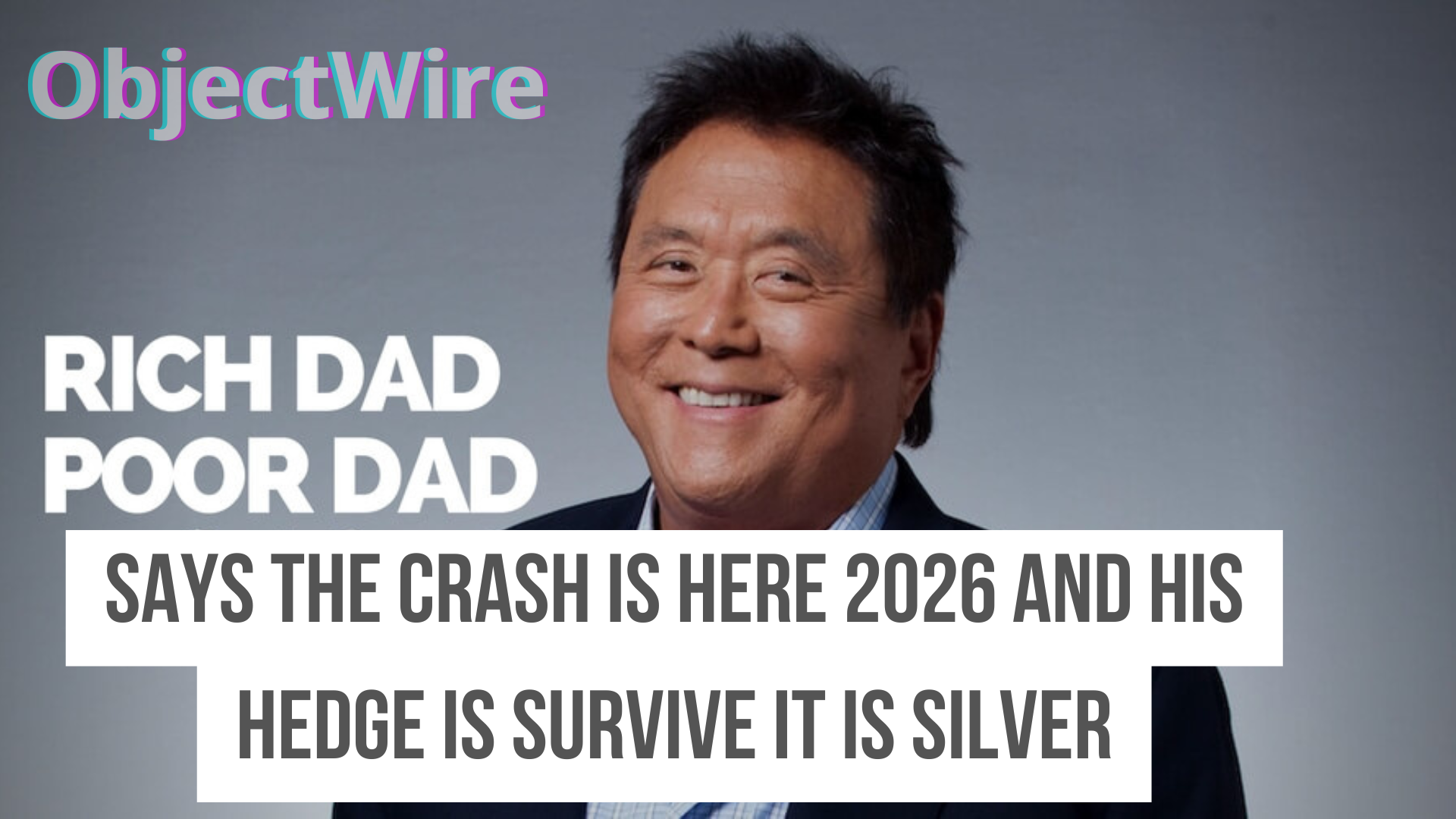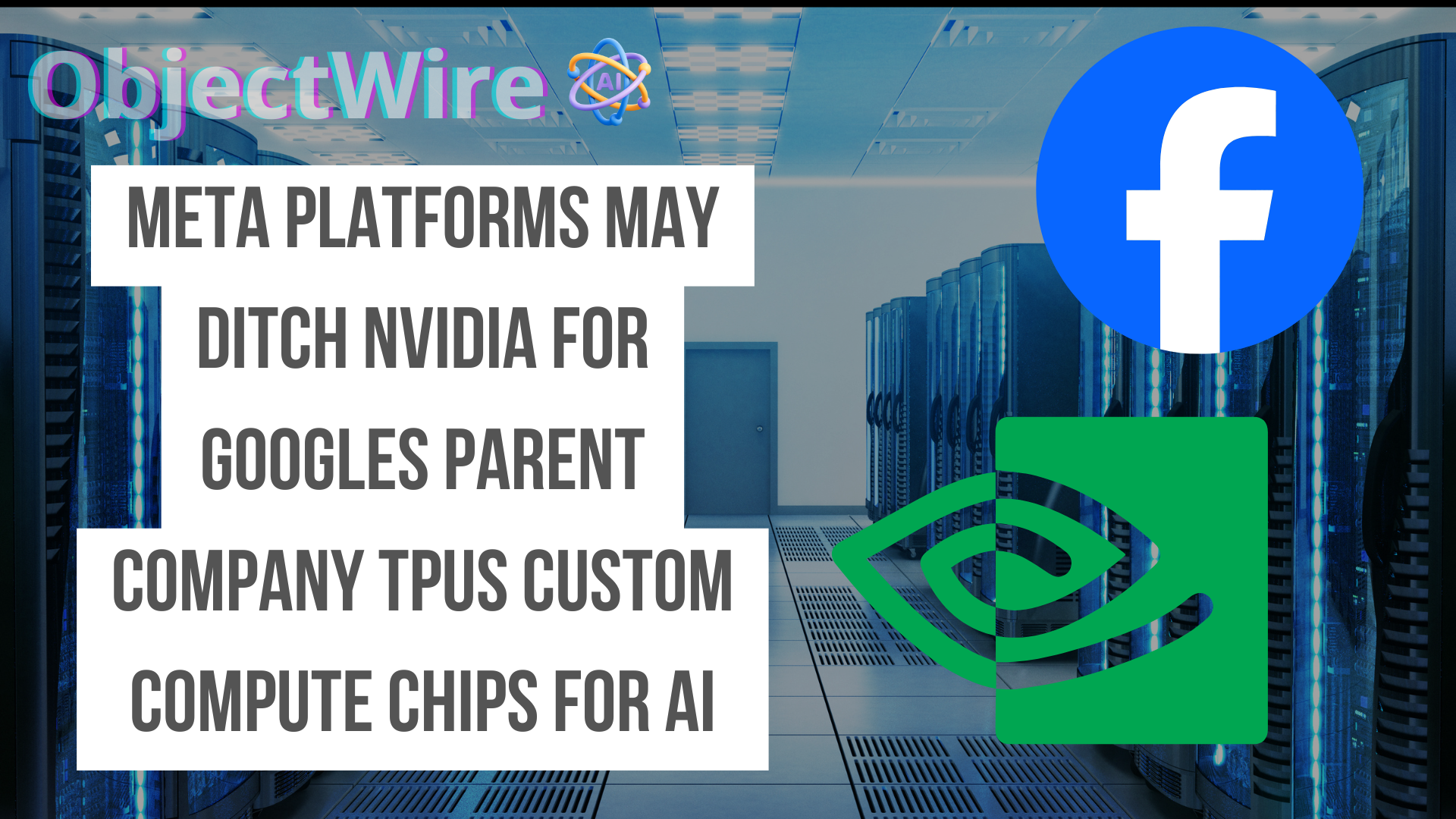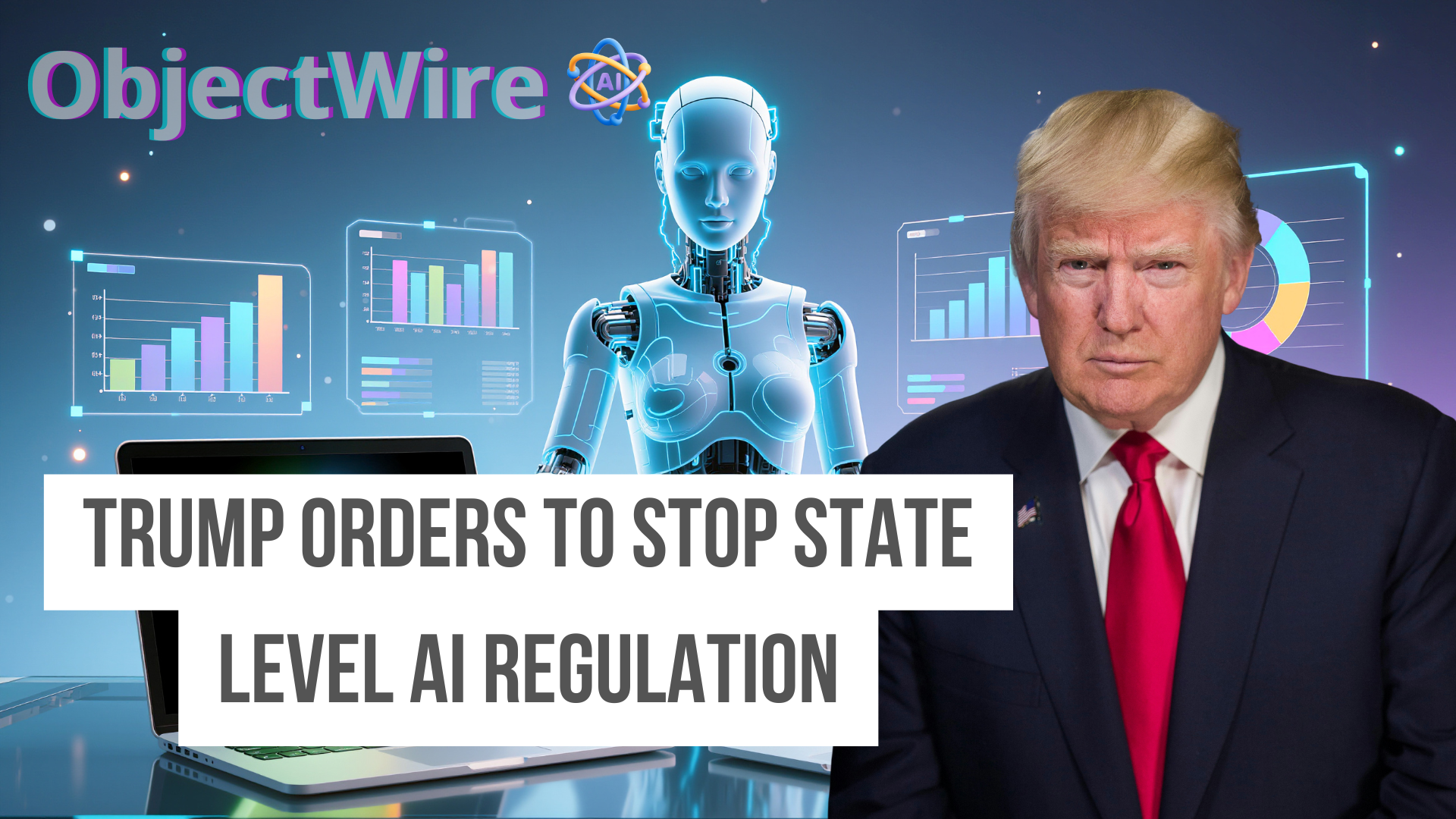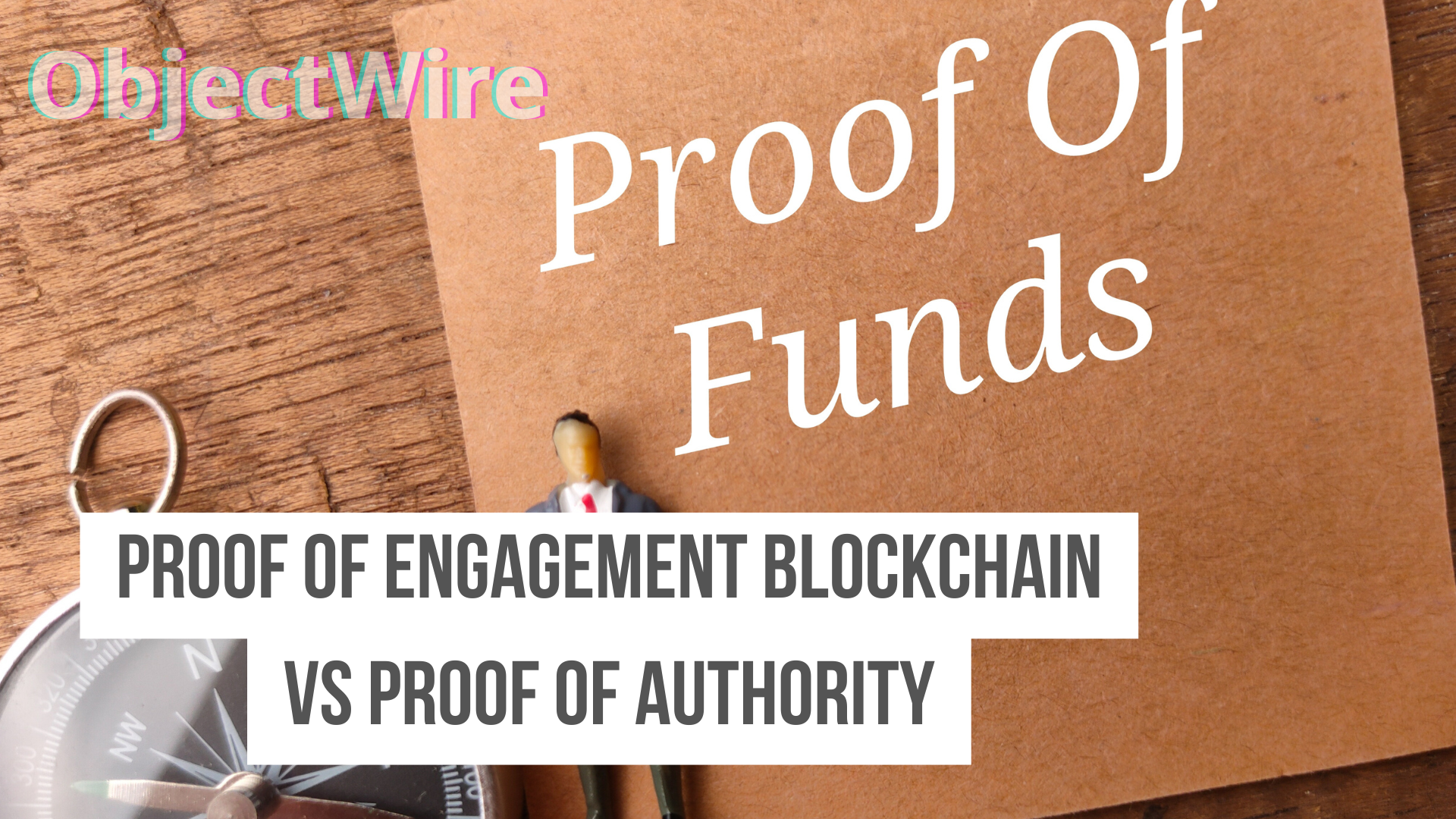Psiquantum Raises $1B To Build Quantum Computers In Chicago And Australia
PsiQuantum, a leading quantum computing company, has raised $1 billion in a Series E funding round, valuing it at $7 billion, announced on September 10, 2025.
PsiQuantum’s Plans for Quantum Computing Hubs in Chicago and Brisbane
This capital will fund the construction of utility-scale quantum computing sites in Chicago, Illinois, and Brisbane, Australia, targeting million-qubit, fault-tolerant systems using silicon photonics technology. Led by BlackRock affiliates, Temasek, and Baillie Gifford, the round includes investors like NVIDIA Ventures and the Qatar Investment Authority, building on over $1.3 billion raised previously.
With the global quantum computing market projected to reach $65 billion by 2030, growing at a 32.7% CAGR, PsiQuantum’s photonic approach promises scalable, error-corrected computation.
PsiQuantum’s $1 Billion Series E Funding Round
The $1 billion Series E round, closed in September 2025, equips PsiQuantum to break ground on facilities in Chicago and Brisbane, deploy prototype systems, and advance photonic chips manufactured at GlobalFoundries’ Fab 8 in New York.
These sites will host the world’s first million-qubit-scale, fault-tolerant quantum computers, focusing on error-corrected architectures to overcome qubit decoherence. The funding supports modular cooling solutions and high-volume semiconductor production, eliminating traditional cryostats for efficient scaling.
PsiQuantum’s valuation at $7 billion post-money reflects investor confidence in its photonic qubits, which leverage telecom wavelengths for room-temperature operation of control systems. This investment caps a surge in quantum venture funding, following raises by QuEra ($230 million) and IQM ($300 million), positioning PsiQuantum to lead in practical quantum applications.
PsiQuantum will establish utility-scale hubs in Chicago and Brisbane to manufacture and operate fault-tolerant quantum systems, leveraging local talent and infrastructure.
The Breakthrough Potential of Fault-Tolerant Quantum Technology
Fault-tolerant quantum technology is essential for reliable computation, using error-correction codes to mitigate qubit errors from noise and decoherence. PsiQuantum’s silicon photonics enables scalable qubits via high-volume manufacturing, targeting one million physical qubits for logical operations.
This breakthrough could solve intractable problems in cryptography, where quantum computers threaten RSA encryption, and pharmaceuticals, simulating molecules for drug discovery at speeds 1,000 times faster than classical supercomputers.
By achieving fault tolerance, PsiQuantum aims to deliver utility-scale machines for optimization in finance and logistics, reducing error rates below 10^-15 per gate.
Who led PsiQuantum’s funding round?
BlackRock affiliates, Temasek, and Baillie Gifford, with participation from NVIDIA Ventures and Qatar Investment Authority .
What is the timeline for PsiQuantum’s quantum computers?
Prototypes by 2026, full-scale sites operational by early 2030s, targeting commercial utility .
PsiQuantum’s Funding Ushers in
fault-tolerant quantum computers. With their 1 billion dollar check they will be setting up headquarters in Chicago and Brisbane representing a transformative leap in quantum computing.
Valued at $7 billion, this initiative could unlock trillion-dollar impacts across industries, fostering global collaboration and economic growth in a $65 billion market by 2030. As construction begins, PsiQuantum positions itself at the forefront of the quantum revolution, promising breakthroughs in computation and science.
For more on quantum technology trends, sunscribe to the Objectwire.org.
Contact Us






